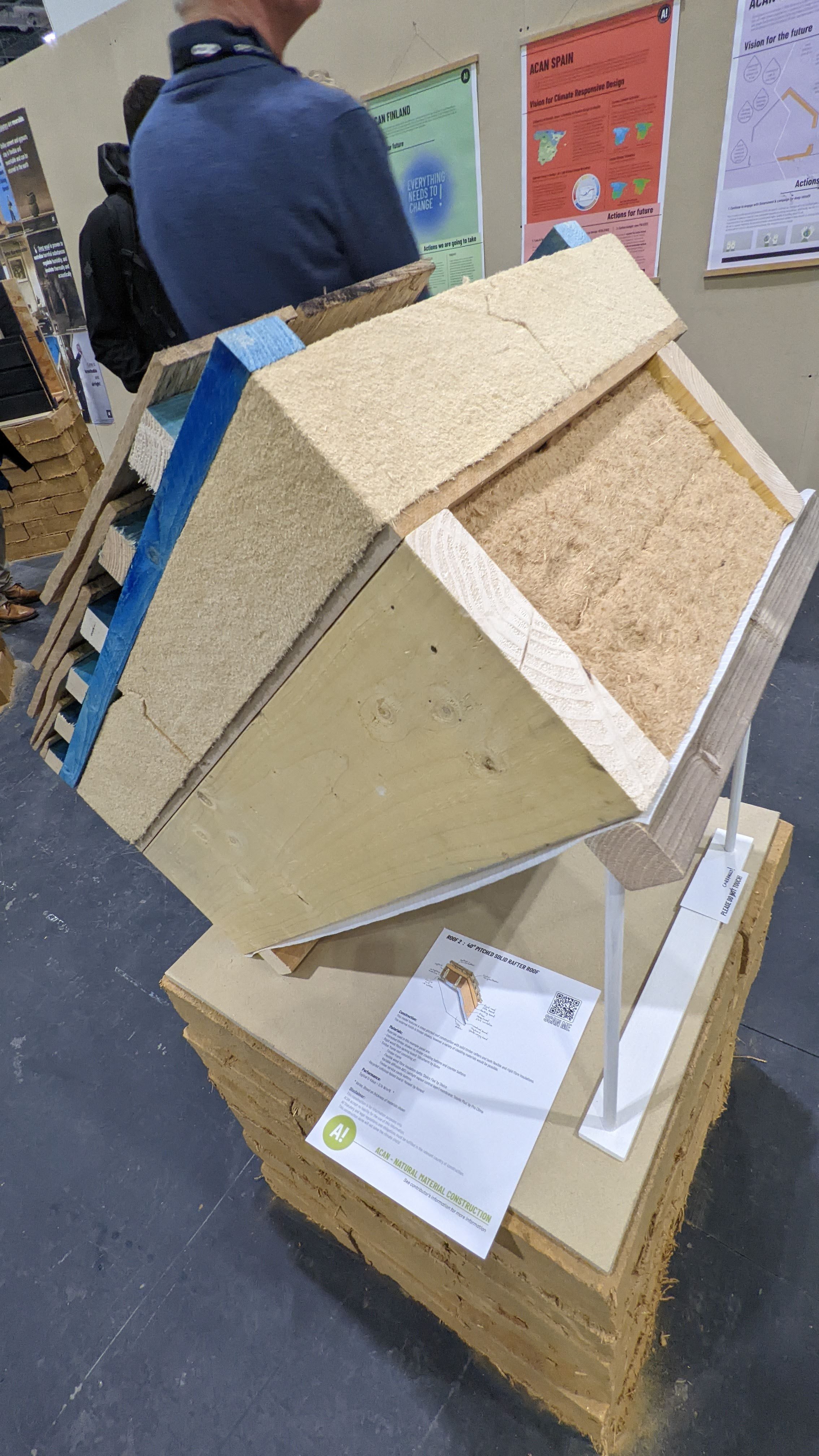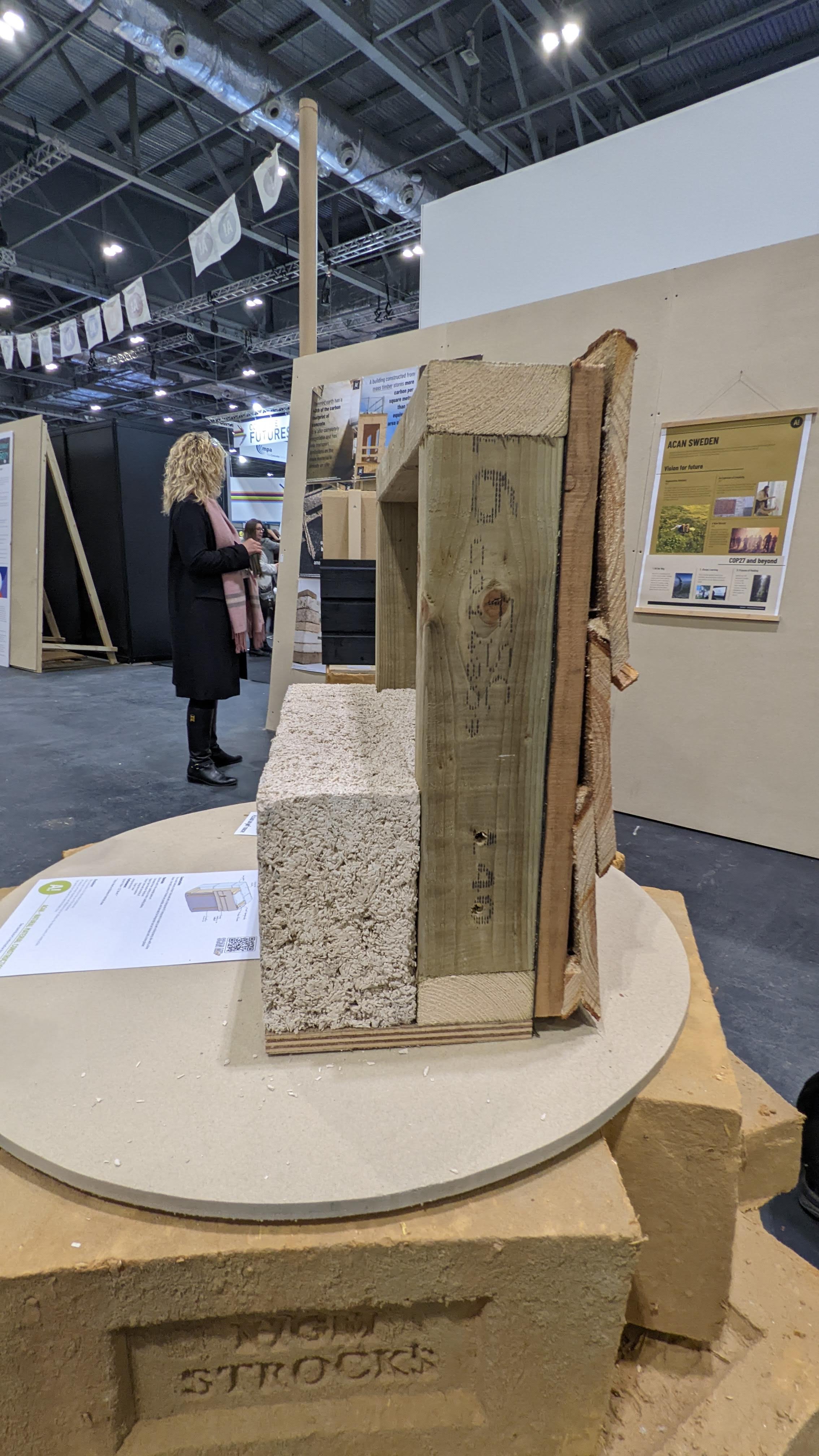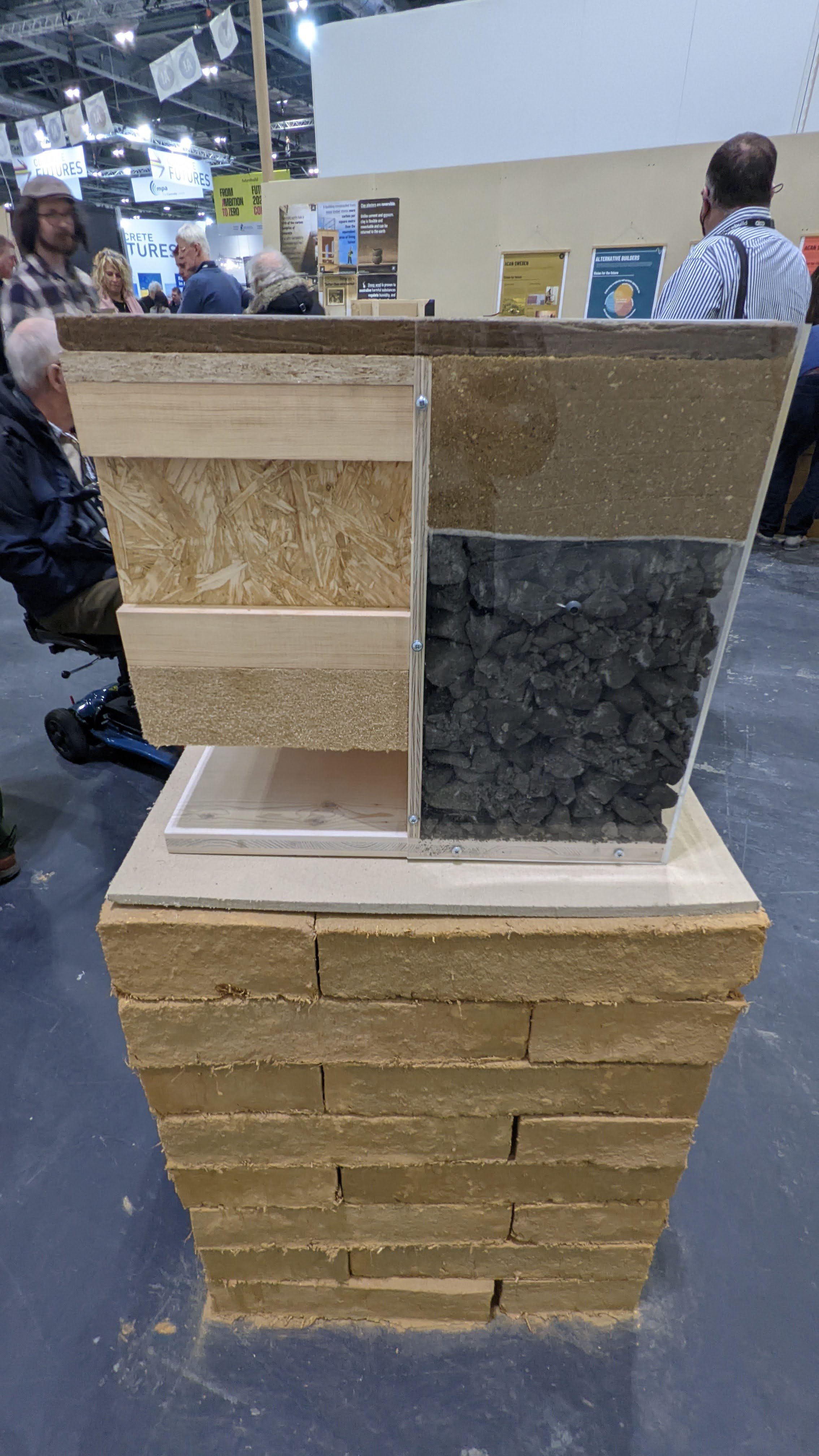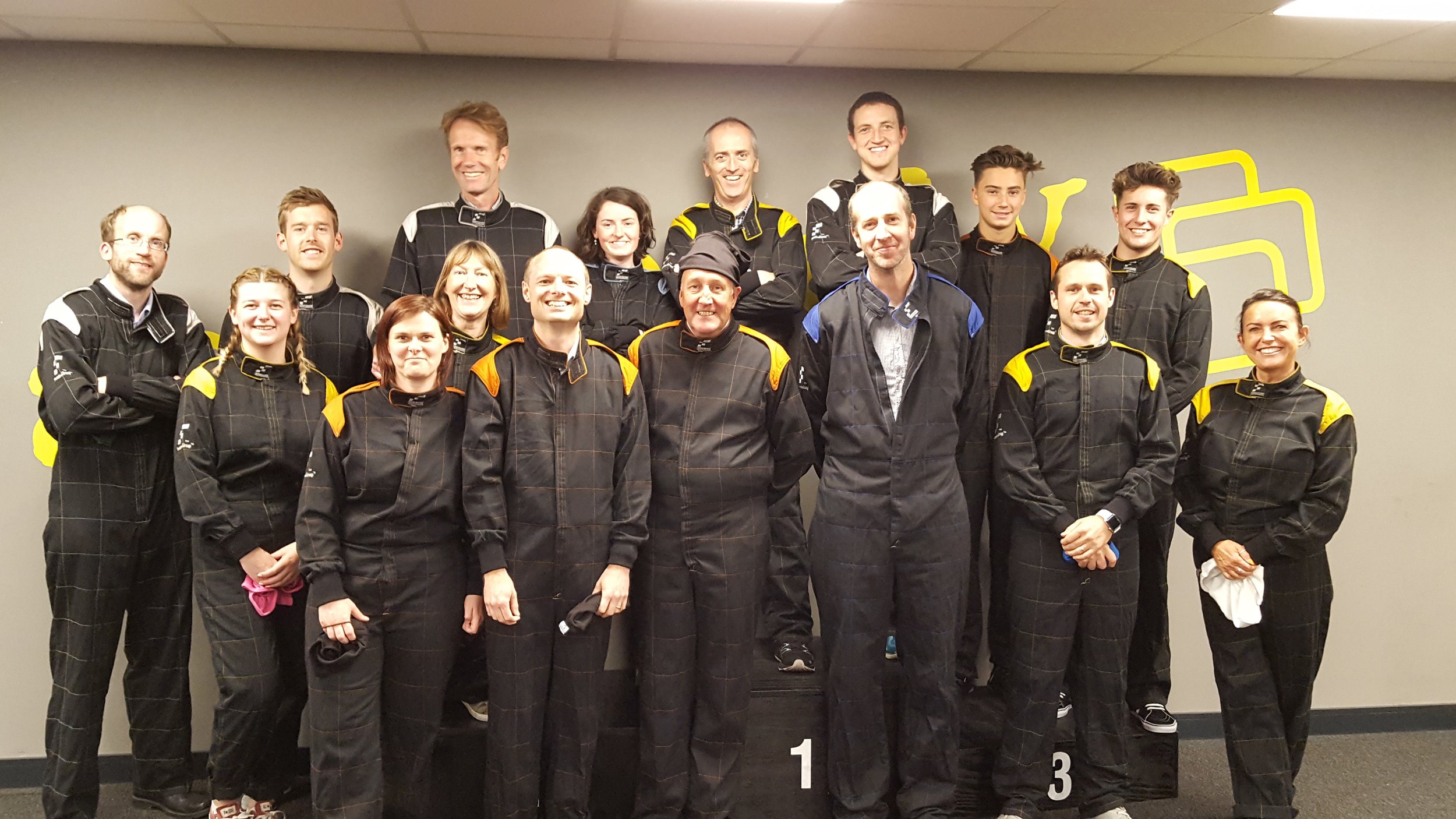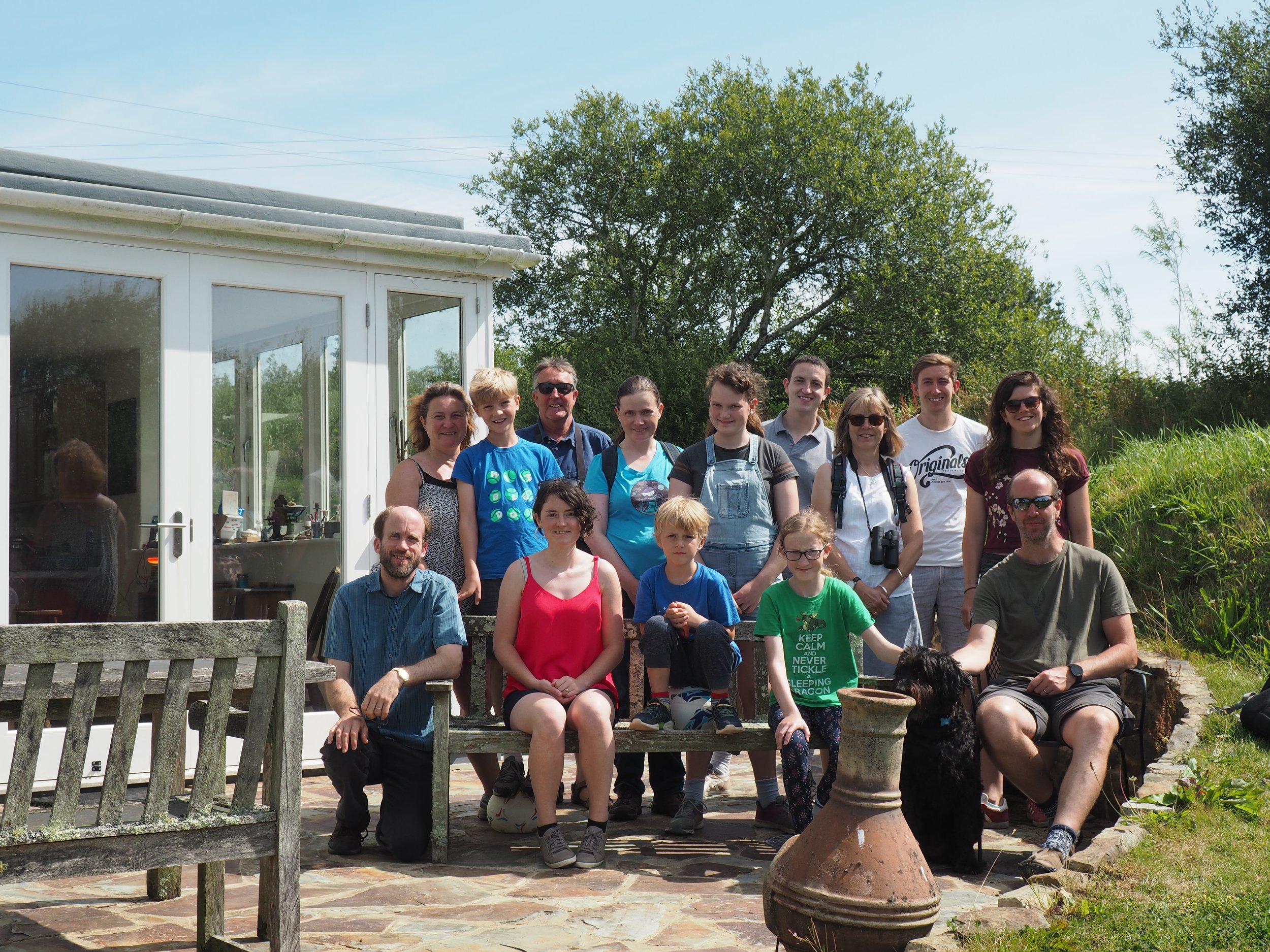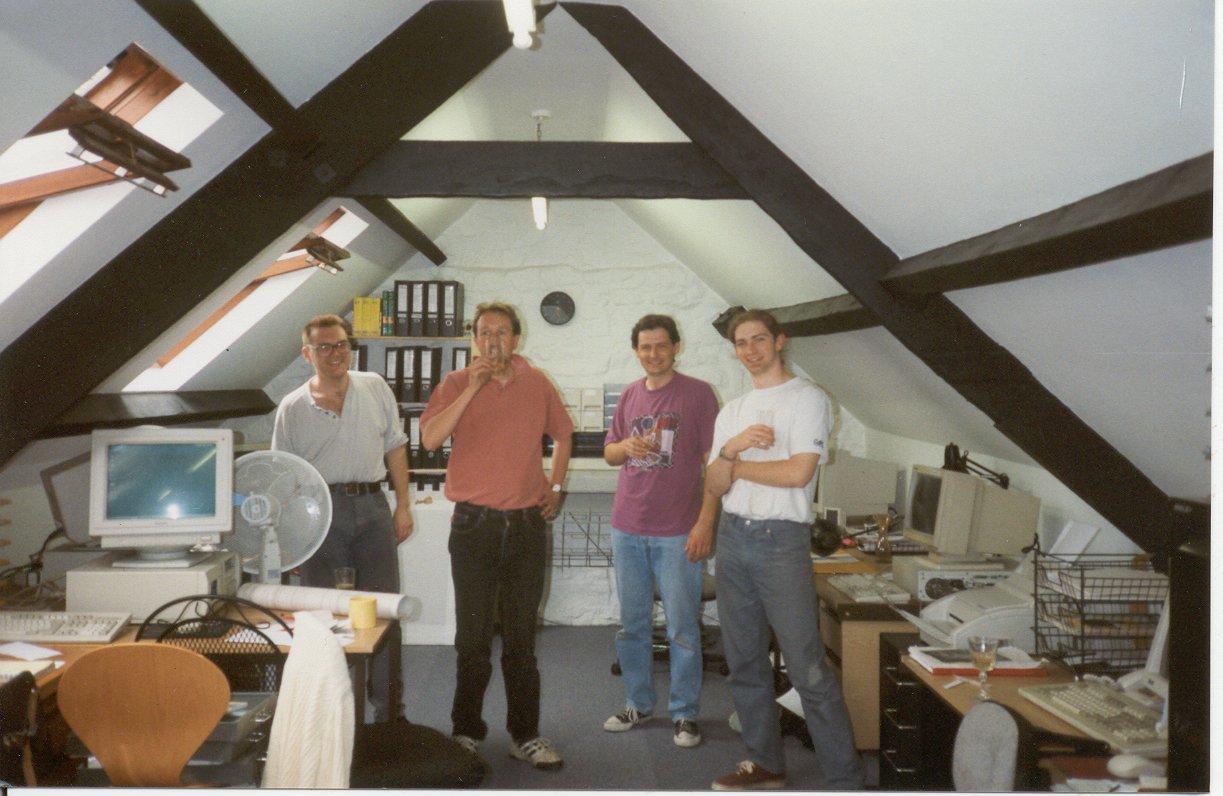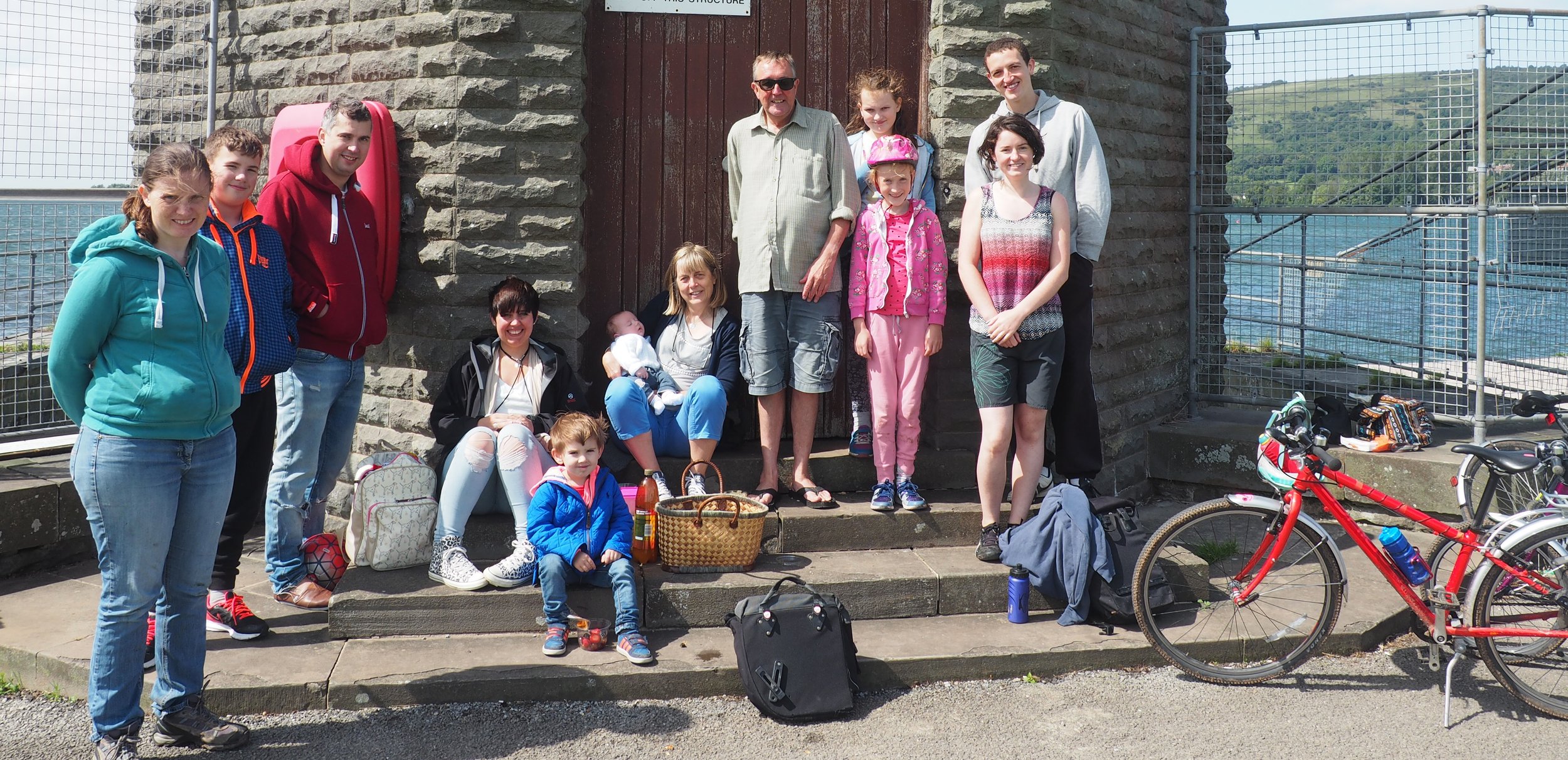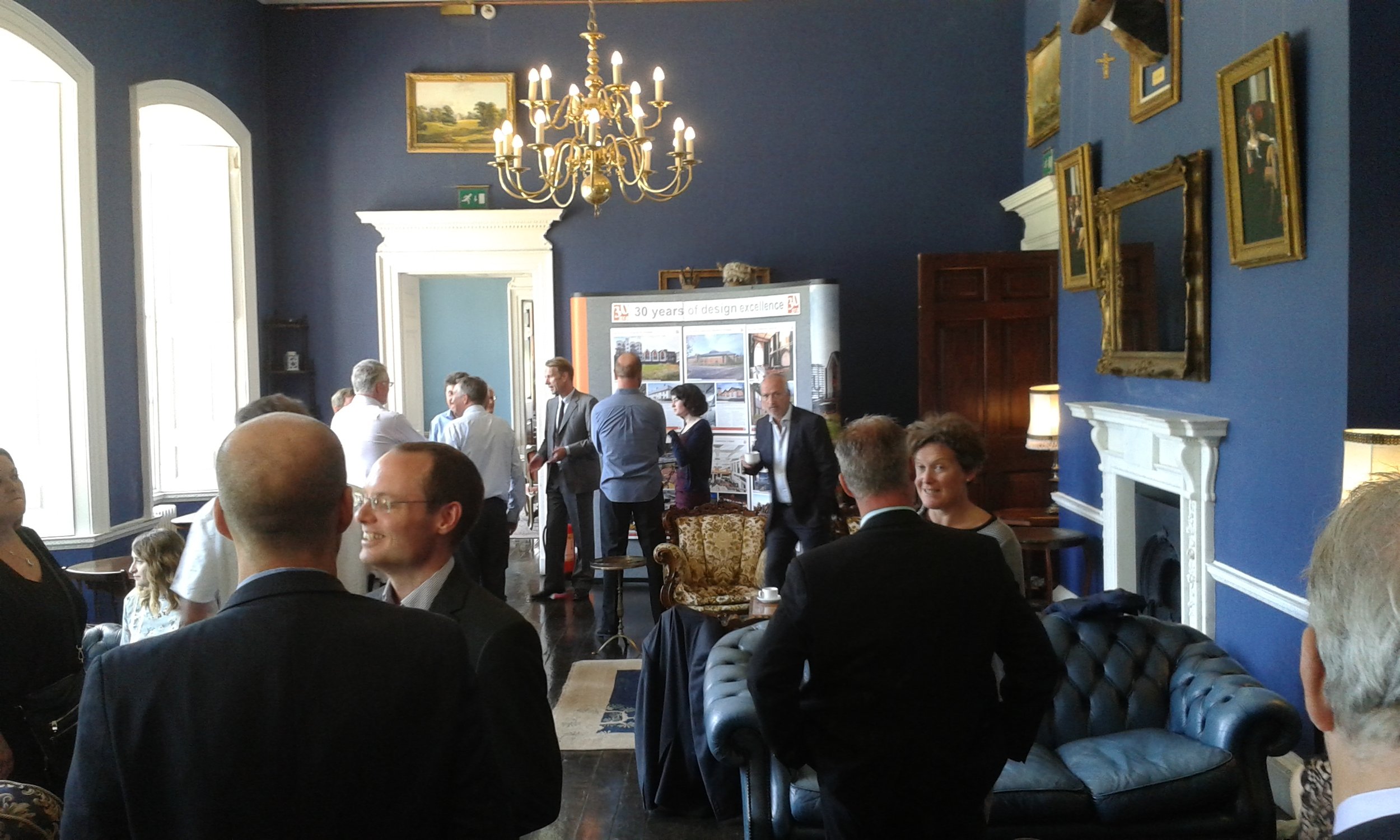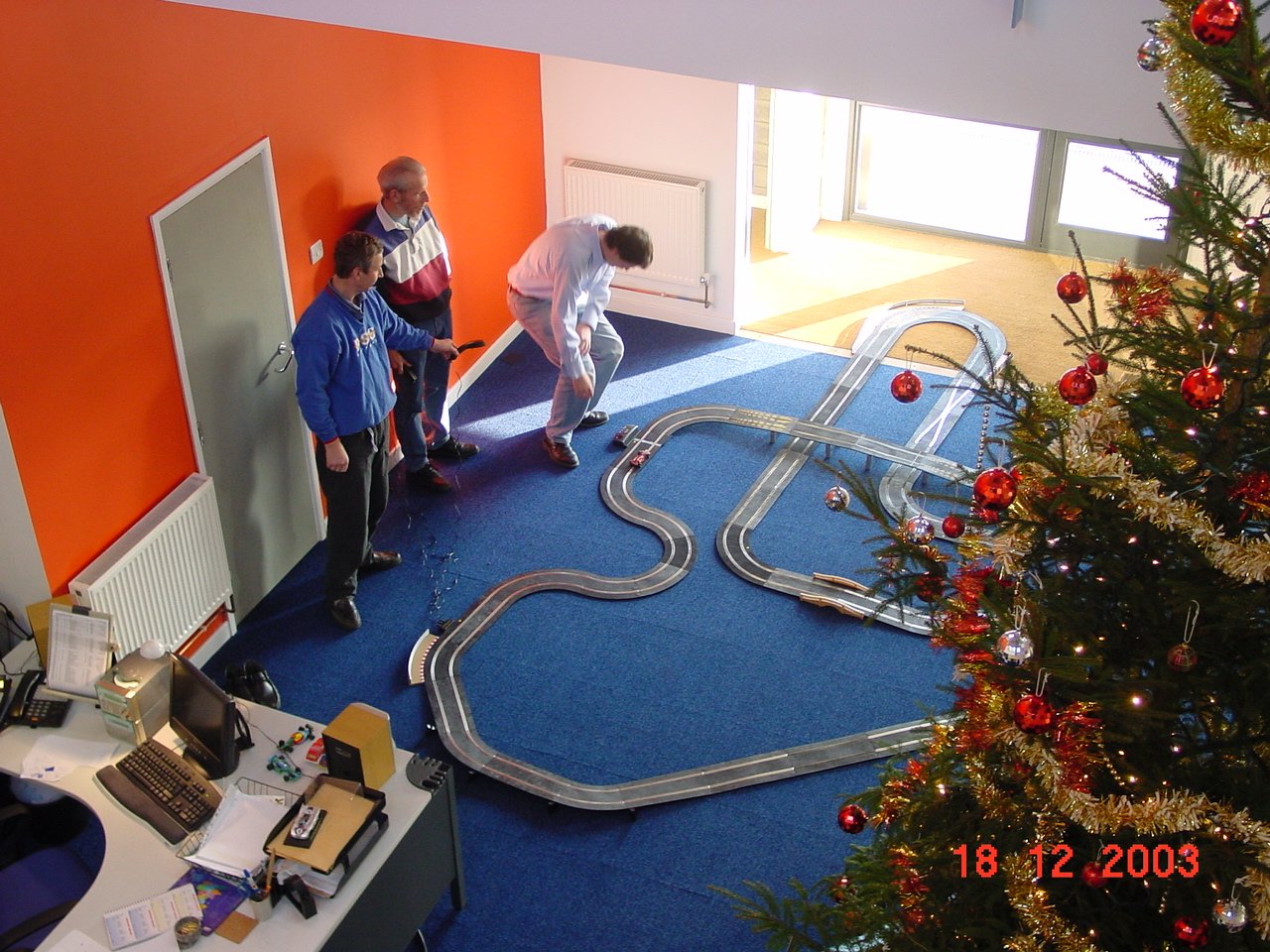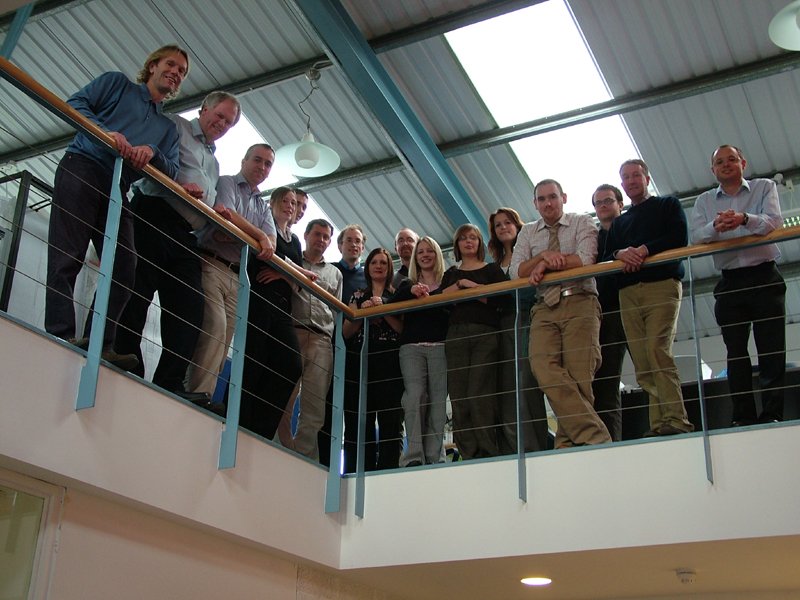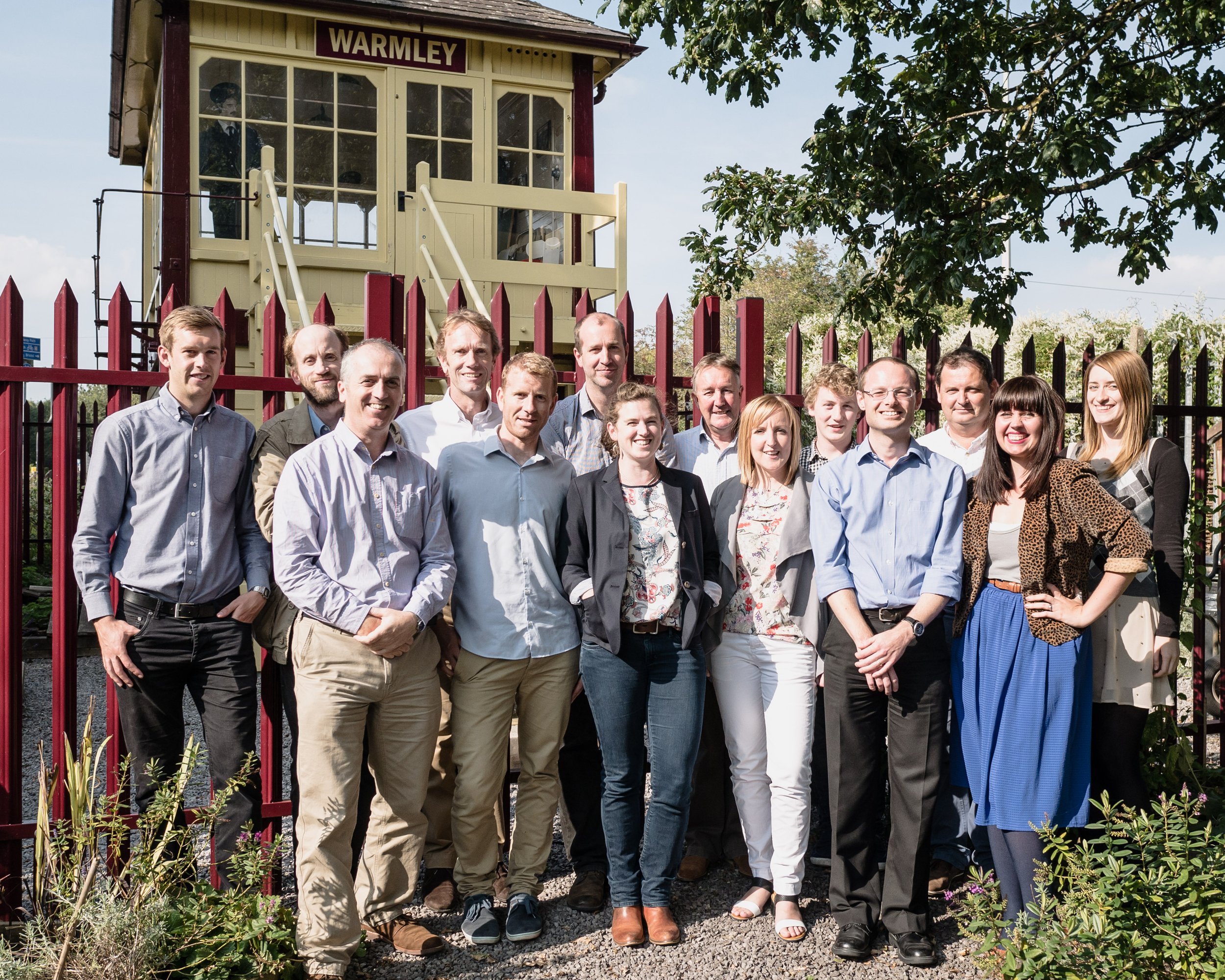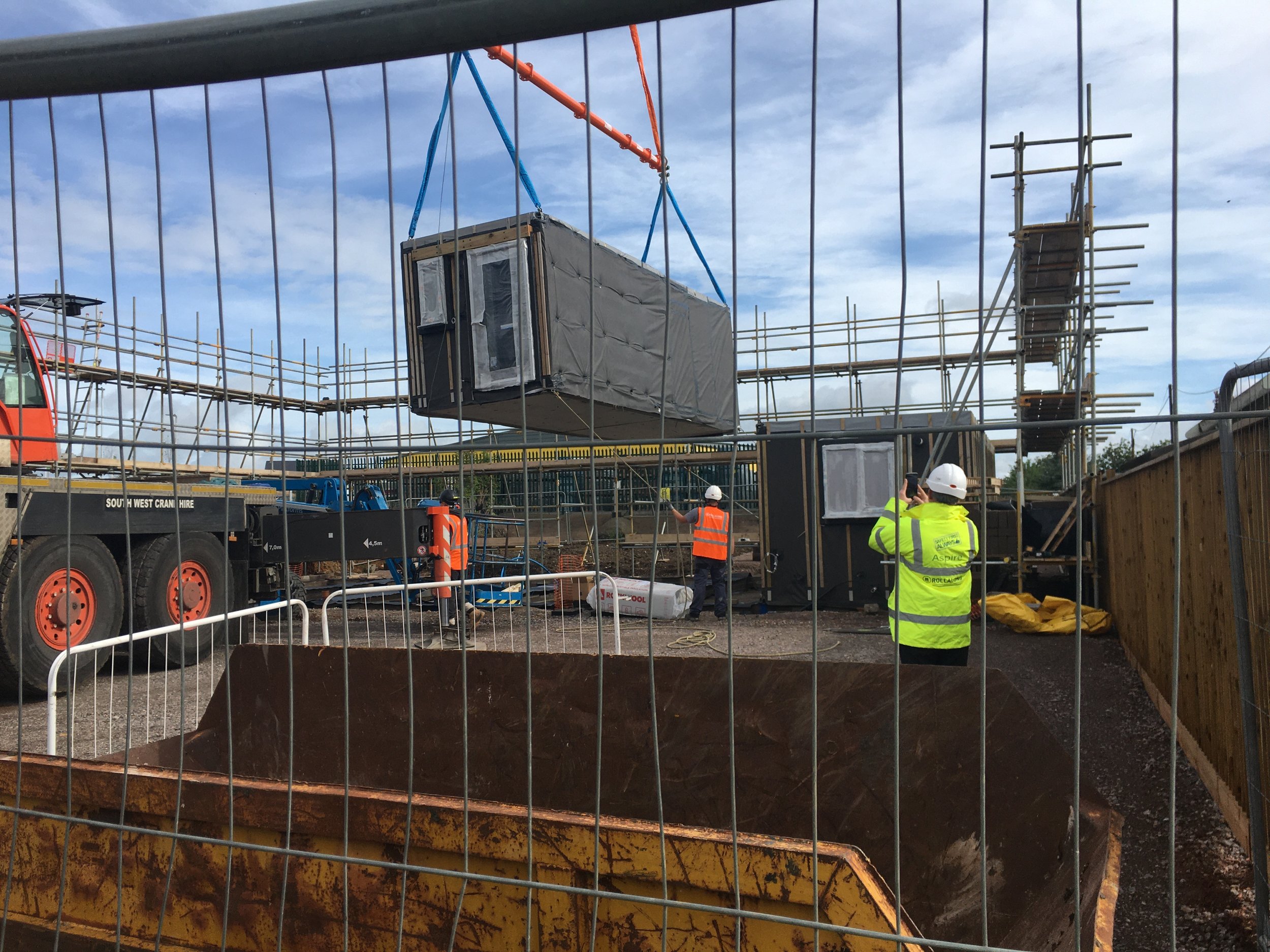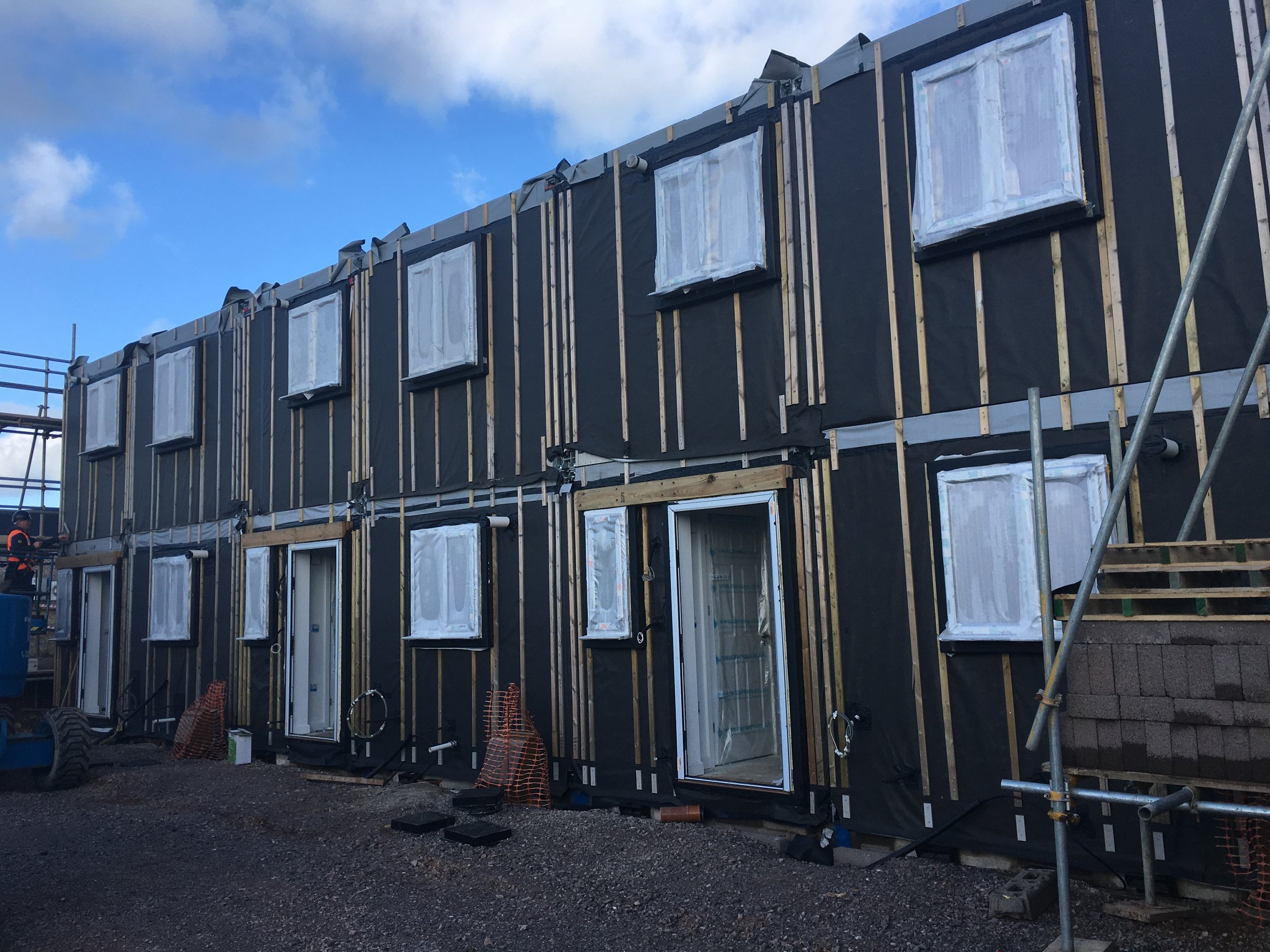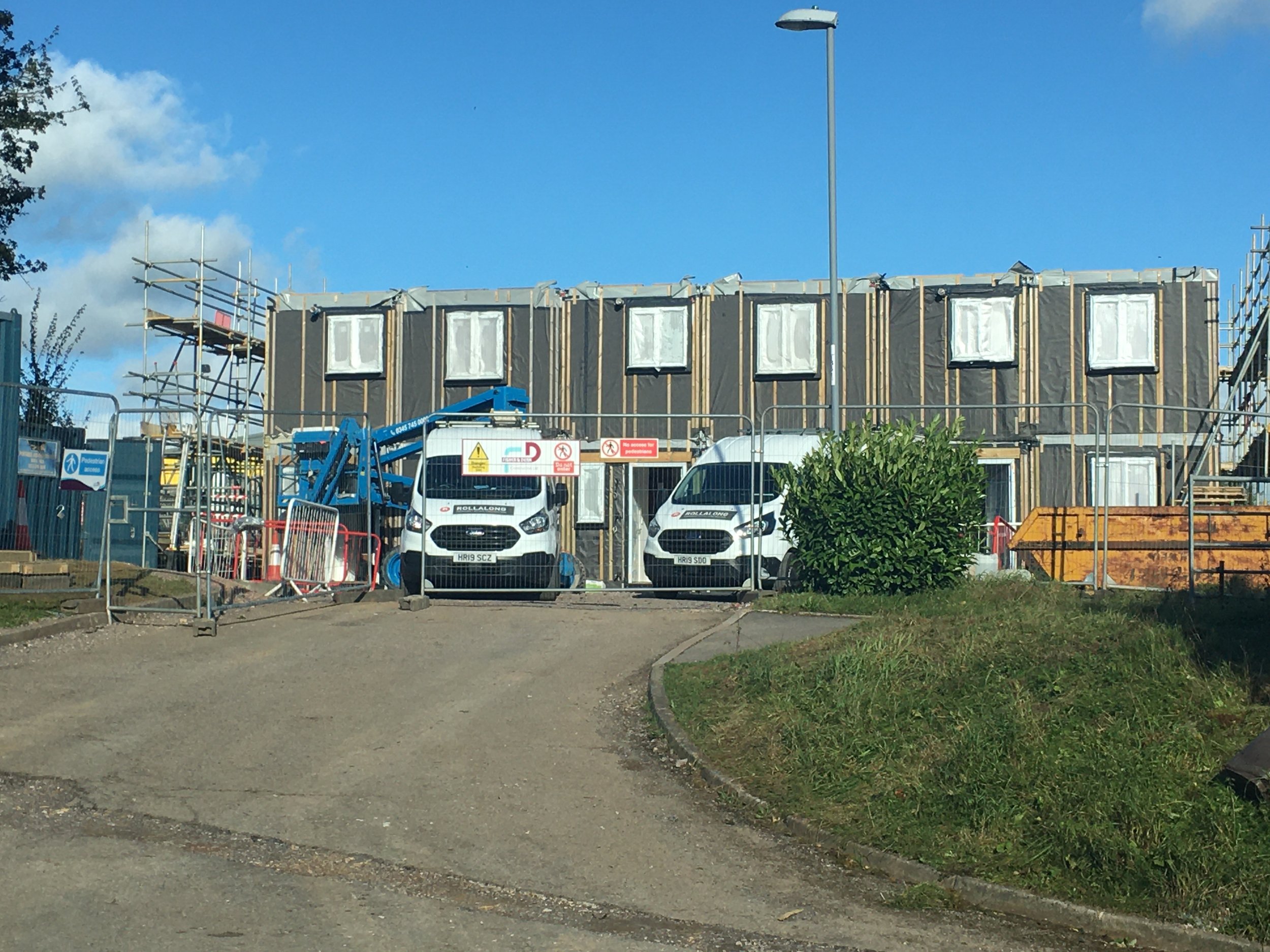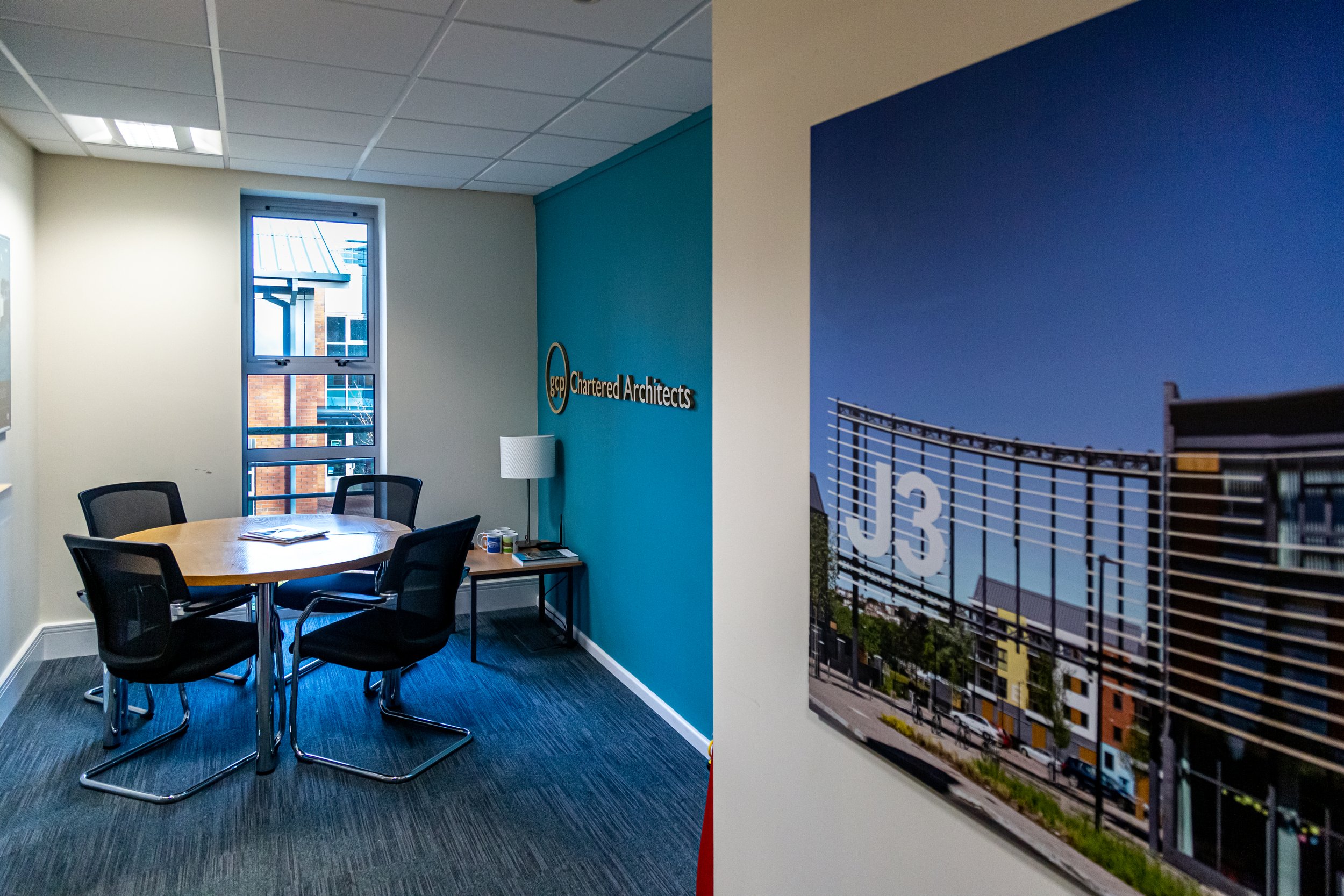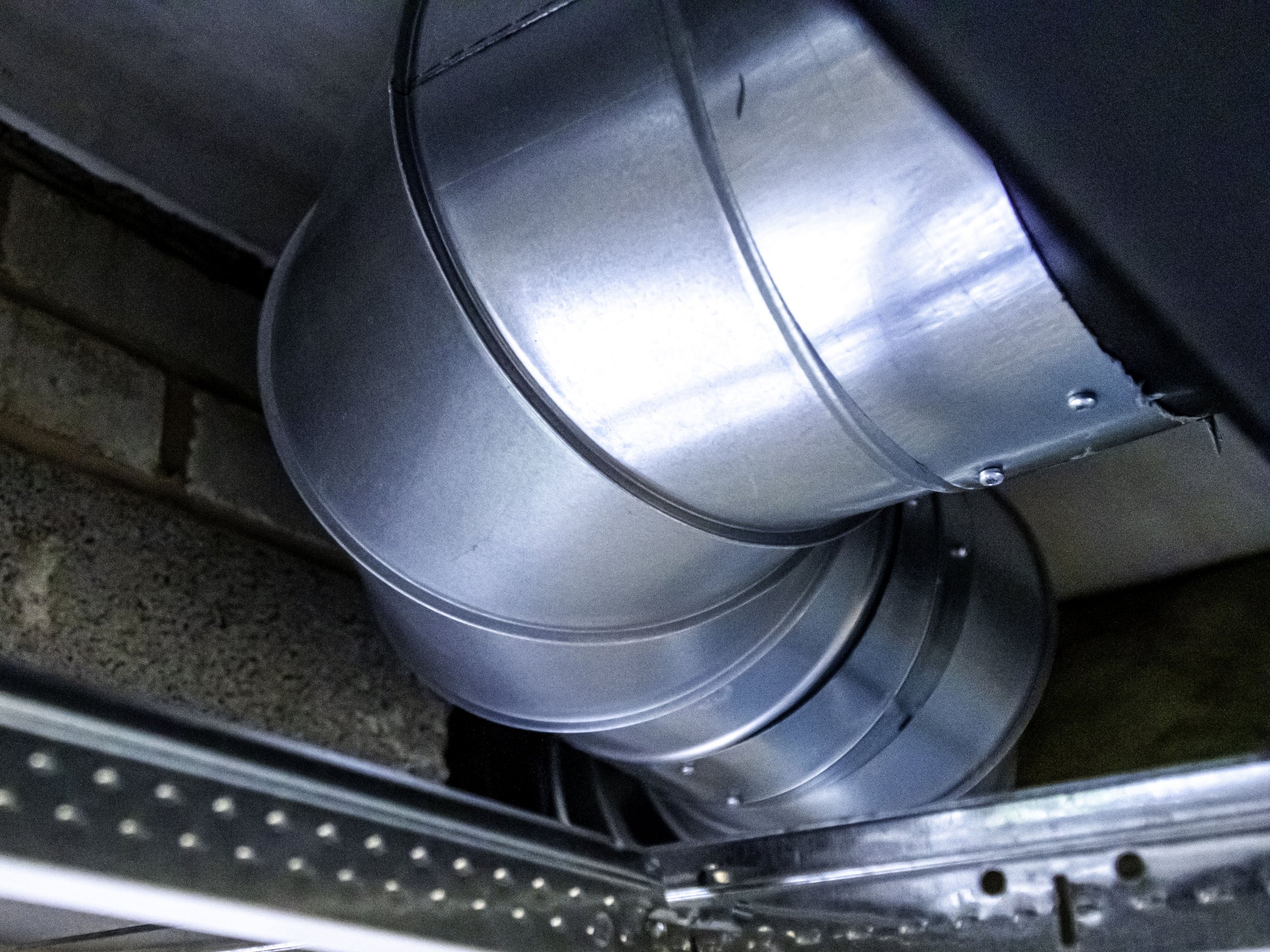The challenge for all businesses is the same: what you collectively agree are priorities for you, your staff, and the industry you work in and serve. We strongly feel equality, diversity, flexibility, and wellbeing are all important, but recognise there are still improvements to make on all fronts.
We acknowledge that change can happen slowly. At gcp, we have been on this journey from the day the business was founded over 30 years ago. Over that time much has changed, with the most happening in the last 10 years.
In this coming year, we want to consolidate the work around wider equality in the business, including an update to our Employee Handbook. Our reporting has always been transparent amongst the team, but since becoming Employee Owned it has become more important than ever to focus on consistency with this reporting.
At gcp we have a strong team of women accounting for over 1/3 of the team ranging from architectural assistants to Senior Management Team.
Focus days are important, but more emphasis must be placed on the work we are doing on the other days of the year. International Women’s Day is necessary to remind us that our journey is not yet complete.
Following on from International Women’s Day 2022 we can confirm our Equal Opportunities Policy is robust and up to date, reflecting the way we recruit and retain our staff. Gender pay gap analysis is in place as part of our Management KPIs and is reviewed yearly. We are a proud signatory for Bristol Women in Business Charter and have been since 2019. This means we track our current composition of staff and set targets and objectives to align with the charter’s goals, which we report on annually.
There is still more work to be done, and the next step for us is unconscious bias training so we can take this conversation into the wider team.

